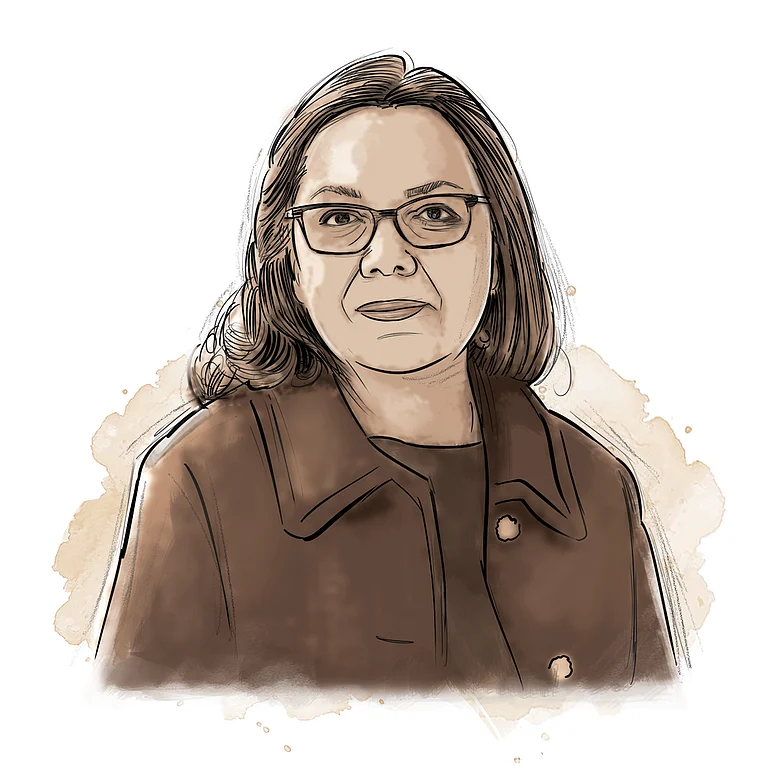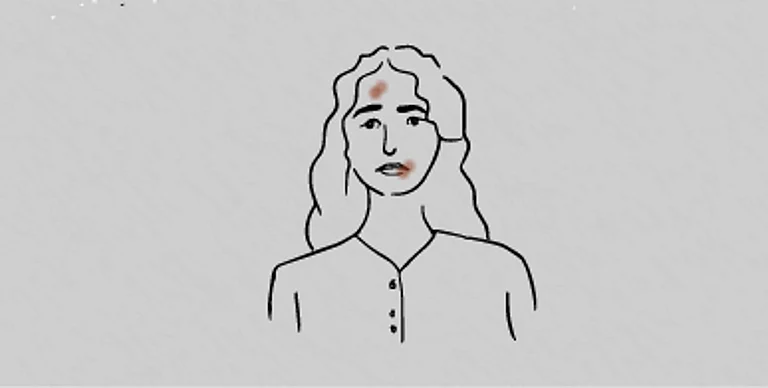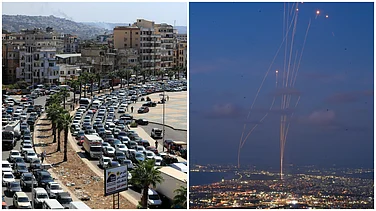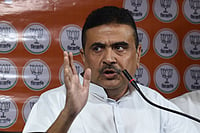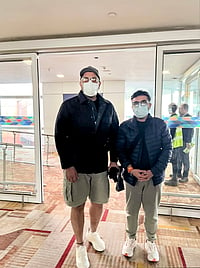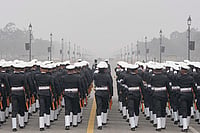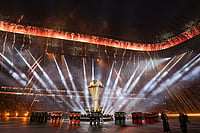As the Pakistani military clashed with the Bangladeshi freedom fighters led by Sheikh Mujibur Rehman during the Bangladesh Liberation War 1971, another battle was being fought by the women on the sidelines--one of dignity and survival.
During the war, the Pakistani army is alleged to have raped between 200,000 and 400,000 Bengali women while attempting to suppress the nationalist rebellion. According to the Liberation War Museum in Dhaka, between March 25 and December 16, 1971, an estimated 3 million Bengalis were killed, 200,000 women were raped, and 10 million displaced. The sexual violence which took place during the Bangladesh war is recognised as one of the largest instances of mass rape in modern history.
Anthropologist Nayanika Mookherjee who researched the politics of wartime rape in 1971 writes, “Rape during conflicts becomes an ‘explicitly political act, a ritual of victory, the defilement of honour and territory of the enemy community’”.
Historians, researchers, and writers have over the years documented the grim realities of the 1971 conflict, revealing the harrowing conditions faced by Bengali women. They reported the existence of rape camps set up by the Pakistani army, where truckloads of women were forcibly taken each day. Survivors later shared their chilling accounts of being subjected to repeated rapes, starvation, and brutality. Many women endured unspeakable suffering and died in these camps.
In an interview, Australian doctor Geoffrey Davis, who was brought to Bangladesh to assist with medical care and abortions after the war, recounted chilling details about the aftermath. Speaking to bdnews24.com, Dr. Davis revealed that Pakistani soldiers imprisoned after the war confessed to him that their orders had come from Tikka Khan, the chief of the Pakistani army. According to the soldiers, Khan’s directive was to systematically rape Bengali women to ensure that an entire generation would be born with the blood of men from West Pakistan.
Dr. Davis, who was performing about 100 abortions a day and moved around towns in Bangladesh, said even after rape had happened at such a huge level, people were not openly speaking about it. “Nobody wanted to talk about it. You could ask questions and get an answer. But quite often it would be that they couldn't remember. And the men didn't want to talk about it at all! Because according to them the women had been defiled. If they had been defiled they had no status at all. They might as well be dead. And men killed them.”
Bangladesh’s first Prime Minister, Sheikh Mujibur Rahman, sought to address the stigma surrounding wartime rape victims by calling them 'birangonas' (brave heroines), aiming to honour them in society. He recognised the societal tendency to blame victims rather than perpetrators in conservative cultures. Despite his efforts to frame the victims as heroes, his initiative largely failed, and many survivors continued to face stigma and rejection from their families and society.
It was about two decades later that women started coming forward with their stories.
In the late 1990s, sculptor Ferdousi Priyobhashini publicly shared her experiences of wartime sexual violence by the Pakistani Army and her Bengali colleagues, becoming a key advocate for establishing a War Crimes Tribunal. She was among the first to identify herself as a 'birangona,' or war heroine, earning respect for her bravery. Priyobhashini also worked with other women to help them share their stories and seek acceptance. Her autobiography details that she was subjected to daily gang rapes for over seven months.
Leesa Gazi, a Bangladesh-born British writer and theatre director of Rising Silence, took two extensive trips in 2015 and 2016 to learn about the current lives of surviving biranganas. In a media interview, she described the film as a tribute to the strength and resilience of women who endured severe abuse. She emphasised that its aim was to honour their courage, highlight a neglected part of history, and showcase the indomitable spirit of women who have been largely overlooked.
The documentary mainly features poor village women in their sixties and seventies, representing various major religions of Bangladesh. It also includes interviews with a few men: an adopted son, a saviour, and a Razakar.
In the documentary, several women share their harrowing experiences. Mukhlesa Begum recounts hiding underwater to avoid capture, only to be found and subjected to repeated rape in captivity. After the war, her forced marriage ended tragically when her husband discovered her past, leading him to abuse her and eventually divorce her.
Rajubala Apa, along with others like Shurjyo Begum, Chaindau Marma, Tepri Bewa, and Rijia Begum, also faced severe societal rejection. Rajubala’s daughter refuses to acknowledge her, and she continues to be shunned, often being referred to derogatorily in her village.
“Rising Silence” won Best Documentary award in the Women Filmmakers section at the 17th Dhaka International Film Festival.








